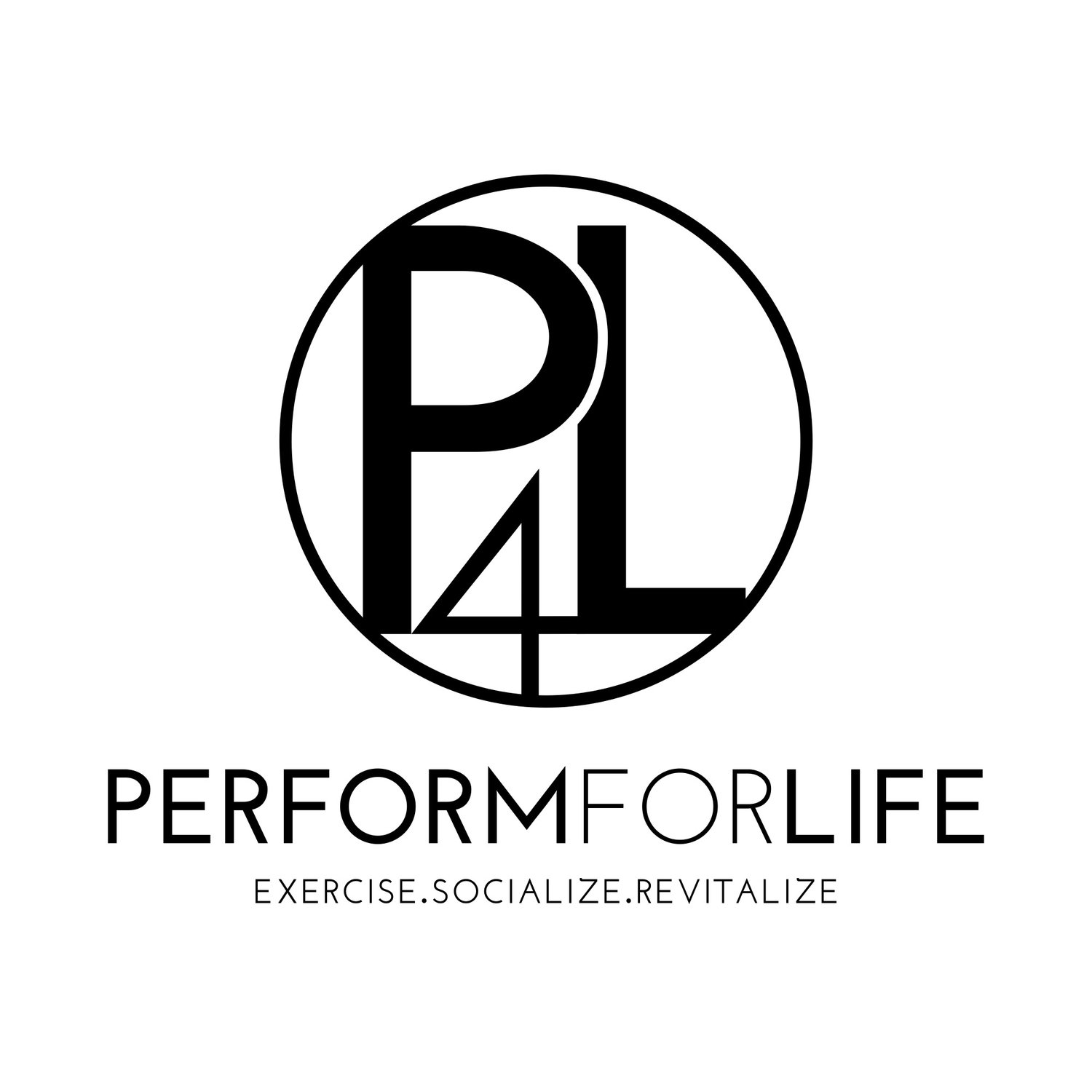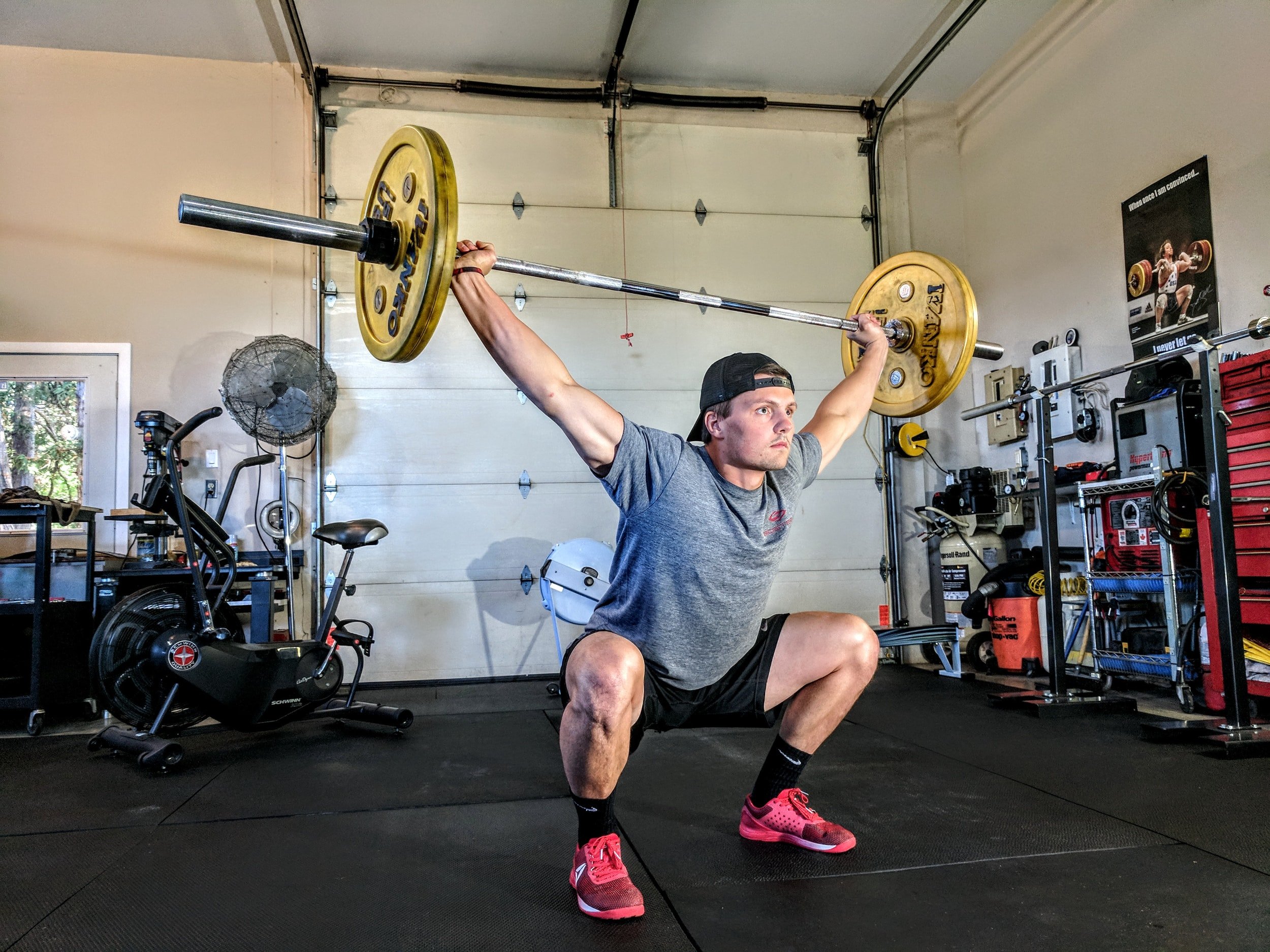Hypertrophy vs. Strength - What Is The Difference When Lifting Weights
When it comes to the specificity of exercise, the basic concentrations are hypertrophy (building muscle) and strength. General exercise is essential to sustain longevity and a well-balanced diet that ultimately consists of nutrient-dense foods that suit the individual's lifestyle.
Hypertrophy training is often portrayed as building muscle to look good. However, it is wise to build muscle to feel good and move well. The goal is to increase muscle size by training at high volumes. The training volume is how many sets and repetitions are used in a single set or session.
How to Train Hypertrophy
An example of a high-volume block of training could be 3 sets of 10 reps. The recommended range for hypertrophy is 6-12 reps in terms of repetition ranges.
How to Train Strength
For strength training, the recommended range is 2-6 reps (Haff; Tripplet, p. 457). There are differences in the rep ranges because the load is significantly heavier when training for strength. These rep ranges also take into account how long an individual has been lifting.
For beginners and intermediates, 6-12 reps lifting with roughly 60% of their 1 rep max (1 RM), whereas advanced lifters could lift with the same percentage beyond the 12 rep range due to their tolerance of how frequently they can train with higher loads (Haff & Triplett, p 442).
Training for strength for all levels requires some preparation
Training for strength for all levels requires some preparation, especially for individuals if it’s their first time lifting with a barbell. This is because we need to build muscle first to provide the skeleton with structural support to endure the higher stress that strength training causes.
For someone who is lifting for the first time, I have them go through a hypertrophy phase first to gain muscle and general physical preparedness and to gain the techniques needed for more technical exercises such as the barbell squat and deadlift, and bench press.
Additionally, strength training is more taxing on the nervous system because it involves greater loads (Boly, 2018). The sympathetic nervous system (SNS), which initiates the fight or flight response, will be hyperactive within bouts of heavy lifting. Due to these circumstances, rest is essential if we want to minimize neural fatigue and see progress.
It is important to enjoy exercise.
If your goal is to feel good and move well, gaining muscle and getting stronger can benefit many aspects of your life, not only lifting heavy in the gym. Walking upstairs, manual labor for your job, and lifting your kids to play are a few of the many aspects of our lives that can benefit from hypertrophy and strength.
It should also be noted that gaining muscle and strength does not require lifting weights. If the gym is far out of reach, your body can do the job with its own weight. At Perform for Life, we take pride in helping people improve their lives and accomplish their goals despite any limitations they have. Book your assessment here to get started.
References:
Boly, J. (2018, April 23). Rethinking CNS recovery: What’s really going on post-workout? Retrieved from https://barbend.com/cns-fatigue/
Haff. G., Triplett. T. (2016). Human Kinetics. Essentials of Strength and Conditioning. 4th Ed.
by Tony Lombardi


